The two occupants of a Mooney M20J that crashed into high voltage power transmission tower in Maryland Sunday were rescued just after midnight Monday and suffered serious but non-life-threatening injuries. The 65-year-old male pilot and 66-year-old female passenger spent almost seven hours stranded in the aircraft as it dangled from the powerline and tower. The crash occurred about 6 p.m. As many as 120,000 people were without power while a complicated effort was launched to rescue the occupants. Power was restored to most before midnight as crews isolated the section of line affected by the crash.
According to media reports from the scene, the first order of business was to secure the plane to a transmission tower. Meanwhile a large bucket truck was summoned to pluck the occupants out of the aircraft. Rescuers were in contact with the occupants by cellphone. The aircraft took off from Westchester County Airport in New York and was bound for Montgomery Air Park, which is about two miles from the accident scene.



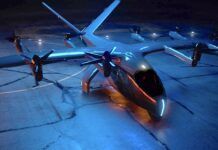
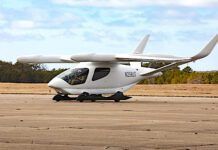
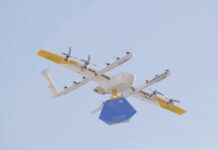
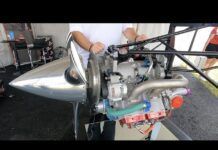


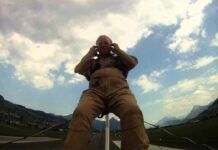


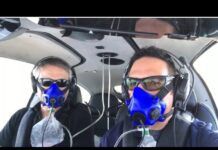

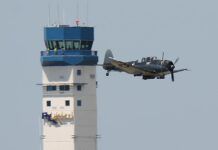
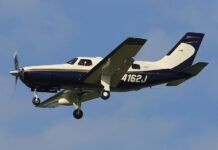



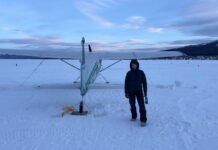

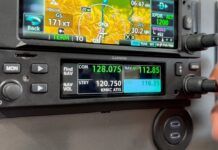
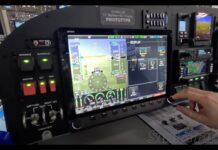











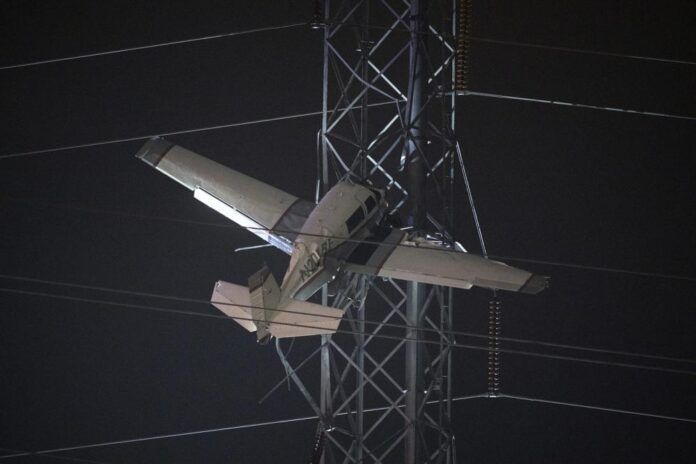
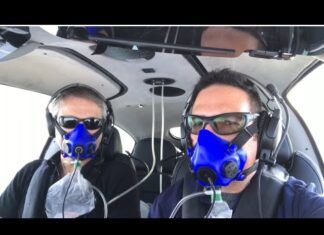
100 feet AGL, more than a mile from the nearest runway threshold. These two were either playing around or scud running.
If there was an extensive outage they knocked the power out. My question is how did they survive the fault caused by the plane hitting the line? By the size of the insulator it looks like at least 115kv. Once they were located the line had to be secured, grounded, and equipment brought to the location for the rescue. That’s why they were up there for so long.
Could have been much worse.
Since the plane was in the air, there was NO path to ground, thus the uninjured occupants. If in a vehicle that has contacted live wires, you should stay put until crews can deenergize power source. IF in danger, you MUST “jump” clear of vehicle… NEVER exit normally, as you provide a path for current flow when your foot touches ground and fanny is still seated or some other body part is still touching vehicle.
Not really, the aircraft is hanging on the structure, the structure is grounded. There’s your path.
Also possible is that the wires slapped together at impact causing a phase to phase fault.
If they shorted the conductors to the support structure (which seems almost certain, as you noted), my bet is that the current was happy to flow along the aircraft skin and that saved them. The occupants electrical potential may have even been brought quite high, but since they weren’t the lowest resistance path to ground, no current flowed through them. As it happens, this is what let’s line crews services those lines while they are energized; there are actually some pretty cool videos on YouTube of them servicing similar lines, while energized, from a helicopter.
If we’re talking about the same video – where the lineman transfers from a boom sticking out from the helicopter to a sled on the lines – I saw it first in the IMAX theater at the Naval Museum in Pensacola. Just stunning.
Arrrrgggg….No excuse for this. Its this type of unprofessional piloting that gives all of GA a bad name. I’m glad they survived, but the Darwin award will have to go to someone else.
It’s amazing that the first comments always assume the pilot is scud running, screwing around, etc. Ever think that he might have had engine trouble and simply was unlucky?
How about waiting for the accident report before disparaging the pilot?
Yes.
Well, in night IFR conditions he would have to be in contact with ATC at that position and they would have been the first to know just by loss of contact (rather than the 911 operator). It does look embarrassing.
Also, the headline here says “no injuries”. Unlikely.
When the tail of a Mooney crumples it means you stopped hard and fast.
No deaths so far would be more accurate.
This is why Mooney is one of the only older designs I would fly regularly. If that were a Piper or other “spam” can design, the crumpling would likely have occurred farther forward.
We may never know, but there’s a decent chance that the chrome moly cage saved they day yet again.
One of the reasons I bought a Maule.
Unlikely. At that point of the approach, Potomac Approach would have already had approved the frequency change to CTAF.
Indeed. Imagine surviving an accident like this, then logging on to Avweb to have the armchair “experts” tell you what happened.
Well, he’d better have a good explanation for milling around at 100′ AGL. I agree, I would like to hear it from him.
Yes Peter C, I thought about it for 2 seconds and realized that is not what happened. ADS-B out data CONFIRMS that he wasn’t gliding with an engine out.
Why, dear reader, are you so eager to defend what is most likely very poor airmanship which is KILLING far too many innocent passengers and harms the reputation of all of us here? Why are you so concerned with his feelings instead of the 2 lives he nearly took?
We don’t need less judgment, we need more judgment and more shaming of this behavior.
“Shaming”? Is that what you think your role is? Shaming only works in Middle School.
Not if done properly.
Shamers perpetuate dysfunction. Nobody learns anything significant, lasting, nor meaningful from shame.
Night IFR 120′ over the ground more than a mile from the runway…Hummmm, maybe your right! The rocket-surgeons at the NTSB will provide us with an epiphany that’t not obvious to anyone with a brain.
Agree!!
Russ, how about doing a follow-up on this one when the info becomes available?
The reported weather for KGAI at the time of departure from KHPN was 3 SM visibility, and OVC004. With an plethora of weather access tools available to the pilot, can we assume the PIC was fully aware of the existing and forecast deteriorating weather at GAI?
At 5 PM (the accident was reported to have occurred at 5:29), the weather had decreased to 1 1/4 visibility and OVC 002, and the weather was trending worse from there. To me, this is clearly a go no/go decision point. A quick review of the flight path using Flight Aware shows the abundance of diversion alternatives.
The RNAV14 prescribes 789-1 269 (300-1) for the LPV. The power lines that were struck and associated catenary is about ~100 feet AGL. The KGAI TDZE for rwy 14 is 520.
I’ll leave the conclusion to the wit and wisdom of the readers of this post.
This is looking more and more like a duck-under the glide slope on the LPV approach. ILS/LPV approaches don’t have much tolerance above published minimums of obstacles on the glide slope. That is why they are precision approaches. If flown as LNAV, well below MDA!
Or lack of situational awareness re altitude on the approach?
Seems like this unfortunate incident could have been precipitated by many factors: equipment failure, string of incorrect decisions, fatigue and/or other physiological factors, and/or just plain bad luck (something trivial or not even noticed or noticeable occurring). I’m curious what the NTSB will discover.
They were suspended above the ground for 7 hours, still in the plane. That would make for an interesting logbook entry, a flight well in excess of the max duration of the plane! Besides not getting zapped, the lack of airframe damage, mostly, is pretty amazing. Everything about the incident is amazing.
What I want to know is if that airplane is for sale cheap? Because I seriously doubt that pilot and his wife will be flying anything for quite some time….
Yeah, they had 6 hours to discuss it. Bet that went well.
From the video I saw as they let it down I’d say that airplane is complete junk.
I did notice the flaps down position. In a Mooney there is a strong down pitching force when flaps are extended. If you don’t “hang onto it” and quickly re-trim you can lose a lot of altitude.
Whatever happened, I hope he has good insurance. It’s not a good day when you make the national news and I suspect the cost of the rescue and any repairs to the transmission lines will be pretty sizeable.
This accident just gives the insurance companies more excuses for dropping pilots/owners over a certain age like they are doing now.
I was in the area last night about an hour into the incident. I passed through large swathes of darkness. The crossroads where I turned right was right near the scene, being blocked off by police and with a large emergency response visible down the road. It’s about two miles off the approach end of Rwy 14 at KGAI. I had no idea what was going on until I read about it this morning.
Remember this one? https://www.nytimes.com/2019/04/15/nyregion/plane-crash-valley-stream.html
It looks like he may have hit the tower also.
Also the flaps may have been down. I can’t see the gear maybe he thought he was landing?
May have been engine failure for any of a number of the usual reasons.
I hate wires. ALWAYS on my radar when flying rivers, canyons etc.
Good to know nobody suffered any major injuries – though I would imagine the pilot wil have trouble extracting the earful he’s been getting.
Just watched the NBC Nightly News and in the story the reporter said the Moody(sic) M20 J was the unfortunate aircraft. Pilot said he was on approach and his exact on-screen quote was ” I decended(sic) to the minimum altitude and then apparently I got down a little bit lower than I should have…”
Good outcome for them at least, GA not so much.
For anybody who’s been driving single pilot hard IFR for awhile, sorry to say, we don’t need the NTSB to tell us what happened here and the obvious cause. Glad the occupants are ok, but it simply was what P.D. and others have said, and another black eye to GA! All the rest of us can do is learn from it! After 40+ years of driving in it, I’ve learned a lot from other folks mistakes in IMC….